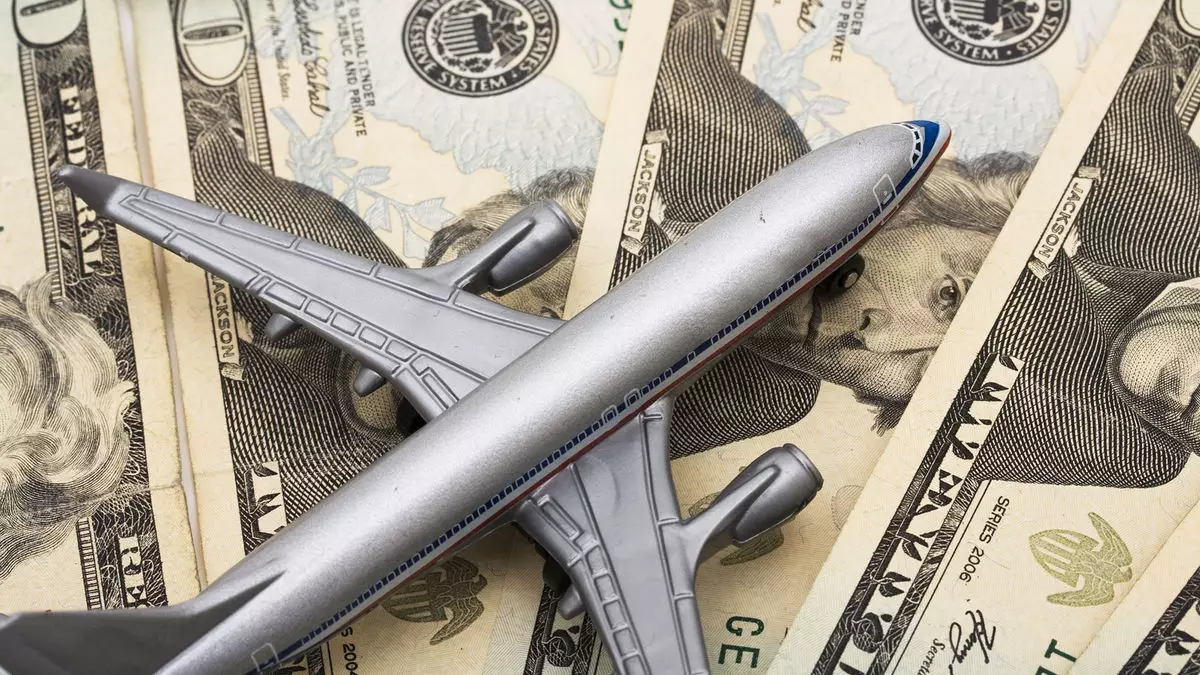As we navigate through the early months of 2025, domestic airfare trends signal a notable rise in ticket prices compared to the previous year. This anticipated increase has been corroborated by recent Consumer Price Index (CPI) data, which reveals a year-on-year surge of 7.9% in airfares as of December. A significant jump of 3.2% occurred between November and December alone. Such data highlights the post-pandemic recovery phase of the airline industry, where ticket prices are steadily returning to pre-pandemic levels, albeit with a sharper rise.
Moreover, the average roundtrip domestic airfare sold via travel agencies reached $561 in December, showcasing a 4% increase from the previous year. This complexity underscores the strong consumer demand which appears to be outpacing the capacity growth of U.S. airlines, leading to a strained market where rising fares are almost inevitable.
Several key factors are driving the higher airfares expected throughout the first half of 2025. One of the principal contributors is the robust consumer demand for travel, as evidenced by a Hopper survey indicating that 76% of Americans plan to maintain or increase their travel spending this year. However, this consumer enthusiasm comes against a backdrop of a modest increase in airline capacity growth, which is predicted to grow only 0.7% in January compared to 2024 figures. Discount airlines are even experiencing a reduction in capacity, primarily due to significant cuts at Southwest, Spirit, and JetBlue.
The upcoming summer season may see a return to normalcy in terms of capacity with year-on-year growth projected to reach 4.7% by June. However, the discount sector is likely to witness growth of less than 1% during this same time, which could result in even higher prices for budget-conscious travelers. This imbalance is compounded by aircraft delivery delays from manufacturers and stringent inspections on certain engines, adding to the current capacity challenges.
The role of low-cost carriers (LCCs) in influencing airfare pricing cannot be understated. Historical trends show that when LCCs expand their capacity, fares typically drop by approximately 20% within the first year due to increased competition. Conversely, the reduction of capacity by these carriers will likely result in the opposite effect—higher airfares for consumers. The ongoing restructuring of Spirit Airlines, currently undergoing Chapter 11 bankruptcy proceedings, exemplifies this dynamic. With a 15.7% reduction in capacity from a year ago, the traditional lower fares associated with Spirit and similar airlines are likely to dissipate, creating a vacuum that could inflate prices across the board.
Katy Nastro, a travel expert from the subscription service Going, comments on the pressures exerted on mainstream airlines by LCCs. The absence of discount airlines on popular routes, especially to vacation destinations, diminishes competitive pricing pressure, leaving consumers to face higher fares.
While domestic travelers may find themselves grappling with rising airfare costs, international travel could present an opportunity for deals. Certain destinations, particularly in Asia, are experiencing an increase in capacity and a corresponding decrease in prices. Kayak’s senior vice president for North America, Paul Jacobs, points out the competitive dynamics at play in international markets, suggesting that price reductions for international flights are more reflective of rising competition rather than reduced demand.
Overall, travelers will need to navigate these complex dynamics in 2025, balancing domestic inflation in airfare with potential savings abroad. As the airline landscape evolves, remaining adaptable and informed will be crucial for deal-seekers aiming to maximize their travel budgets.
2025 is shaping up to be a challenging year for domestic air travelers with fare increases influenced by heightened demand and reduced capacity from low-cost carriers. While the domestic market presents difficulties, international travel opportunities appear promising. With a strategic approach and a keen eye for trends, travelers can still uncover affordable fares in a shifting landscape.


Leave a Reply